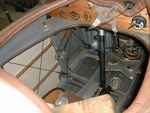
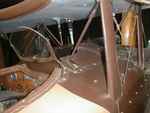
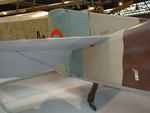
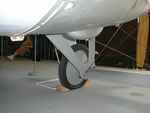
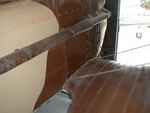
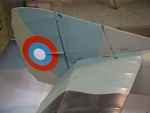
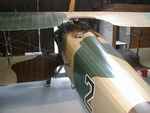
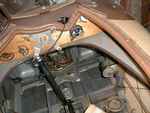
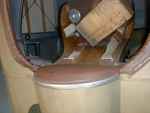
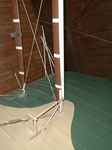
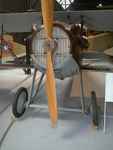
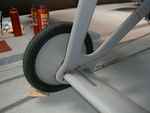
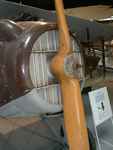
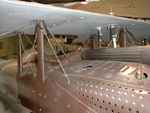
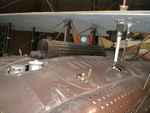
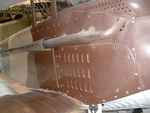
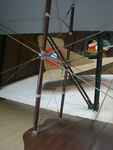
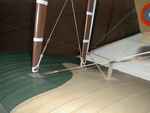
The machine was part of the batch of military equipment the French goverment handed over to our young indenpendent Czech republic after the end of wwi (there was an interesting mix of their wwi aeroplanes, but the SPADs and BREGUETs (XIVs) had the best military value. I can not remember the history of this particular aeroplane, but unfortunately it is the only surviving specimen of this French help. The aeroplane was handed over to Czech Technical Museum together with other wwi aircraft and was displayed in the main hall for some time. When the NTM decided to change it s displaying policy and the Czech Aviation Museum at Kbely was opened, the SPAD was part of the aeroplane collection given to the new museum (together with Spit, ME262s, LA 5 russian fighter and some other aeroplanes). Restored to it s current condition in early eighties by the staff of museum at Kbely, the SPAD is one of the jewels in the Kbely collection. The aeroplane is displayed so that you can not take detail photos of some part of the aeroplane (inc. cockpit), but permission could be obtained to take this photos. The SPAD was restored to taxiable condition, and the engine was run on some occasions. Images courtesy of Michal Beran

|

|

|

|

|

|

|

|

|

|

|

|

|

|

|

|

|

|
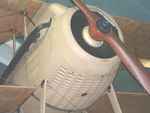
|
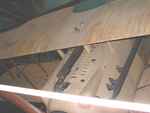
|
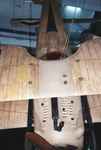
|
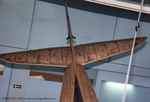
|

|

|

|
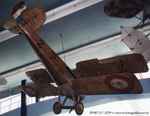
|

|

|

|

|
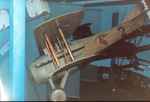
|

|

|

|
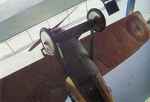
|

|
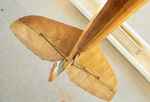
|
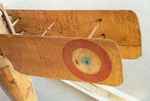
|

|

|
All metal fittings black (japaned?) on yellow-finished machine. Note darkened fabric dope makes original paint the lighter of the two shades. Note seat back arrangement and lack of partition to rear fuselage. This machine has 1-3-5 roundels ala British practice.
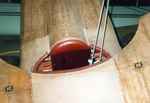
|
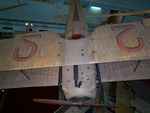
|
This is SPAD 7.C1, s/n B9913, a Mann, Egerton & Co British built SPAD S VII, at the National Aviation Museum in Ottawa.
Lance adds:
British built SPAD, so be careful drawing non-British conclusions. Of note is
the small copper radiator(?) under the cowl chin, the Gano (who are they?) propeller,
and the natural steel exhaust pipes. Like most of the aircraft here, once restored
the machines are returned to a brand new condition; what color do used exhaust
pipes become on a SPAD?
Note that the doubled flying wires are taped together, and the Pitot tube is copper,
and the lines to it are passed through the upper wing.
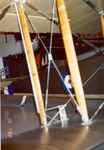
|
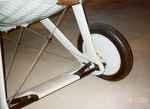
|
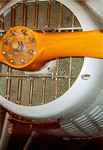
|
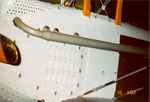
|
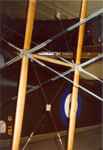
|
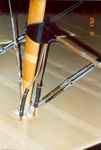
|

|

|

|

|

|

|
Mark Miller ( Mark_W_Miller@Raytheon.com ) took the following photos at the Rhinebeck Aerodrome.
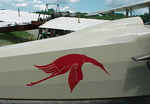
|
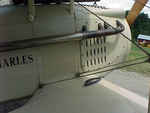
|
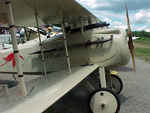
|
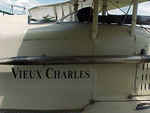
|

|

|
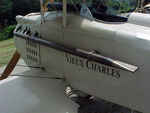
|
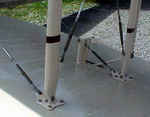
|
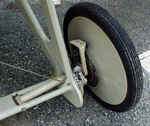
|
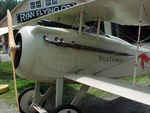
|
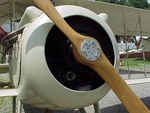
|
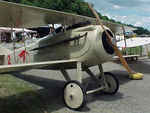
|
Lance Krieg took these photos in Sept 2003. Lance notes:
Plane was restored and flown in the 1960s and so is of
dubious authenticity. Copper oil cooler under cowl chin. Wood struts
with black reinforcing tapes. Turnbuckles are solid brass. Pitot ASI
appears to be brass with copper lines to the cockpit. Exhaust
unit is natural steel, as are all pulleys and bellcranks.
Struts bolt through wing and nuts are evident on the upper and
lower side of the flying surfaces. Propeller hub features safety wires
around the bolt heads. A small brass SPAD nameplate is under
the cowl chin.
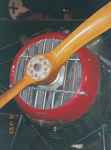
|
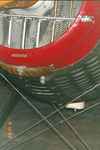
|
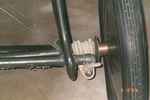
|
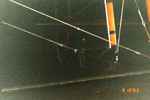
|
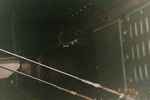
|

|
Leonard Endy took the following photos at Virginia Aviation Museum adjacent to the Richmond airport.
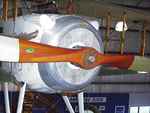
|
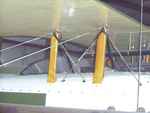
|
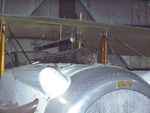
|
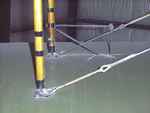
|
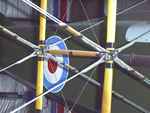
|
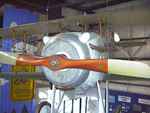
|
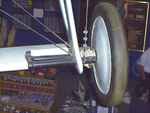
|